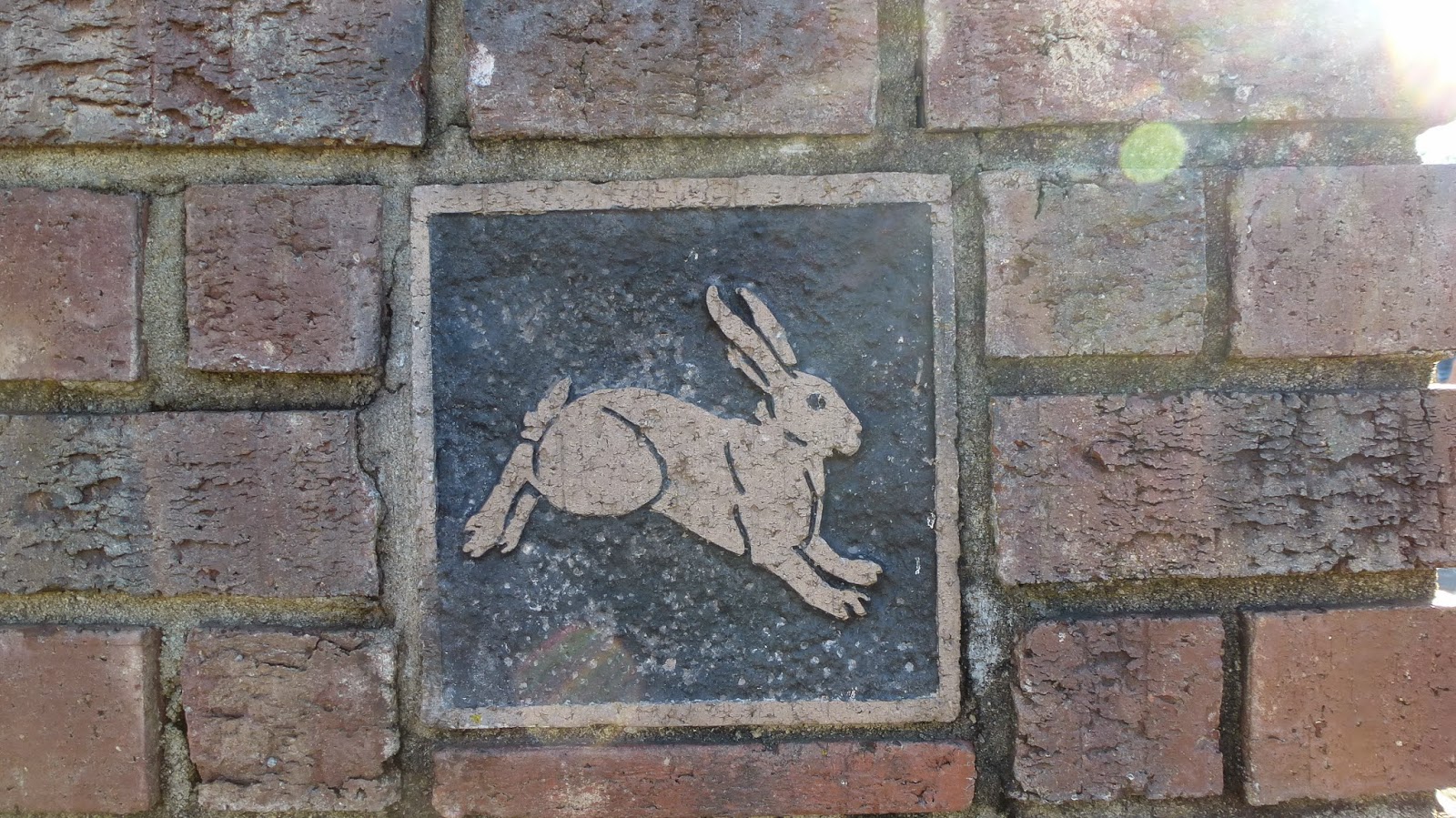Snake Mtn from Rich Mountain Road
Snake Mountain at 5580' is one of the highest peaks in Northwest NC. I had been on the north side and climbed to the ridge but never made it to the top. The ridge extends for over a mile. This trip, I approached the mountain from another way. Rich Mountain Rd is a winding dirt road off Meat Camp Road on the way to Elk Knob State Park. After turning, drive 1.7 miles to open pasture. You are in woods all the way until suddenly, you are in pasture on both side of the road. There is a small pulloff near a metal gate on the Snake Mountain side. The pulloff is on the Rich Mountain side. There is a spot next to the gate where you can step over the barbed wire. Head up in open pasture. You'll see a large rock outcrop right where the pasture transitions to woods. Head to the right side of the rocks. Immediately above the rocks, you'll find a manway. It is very steep. Poles are helpful. It takes about 45 minutes to leave the steep ridge and get on an open ridge with a more moderate rise. Another 15 minutes and you'll be at the top after passing several false summits.
View looking west to Tennessee
Views are in all directions except toward Grayson Highlands. There always seemed to be trees blocking that view. The view west into Tennessee reveals several long ridge mountains. These are the ridgelike mountains west of the Blue Ridge. They run from Georgia to New York and were created by tectonic events other than that which created the Blue Ridge.
Grandfather & Sugar Mountains
Rich Mountain is in the foreground with Grandfather on the left and Sugar on the right. Next to the snowy ski trails of Sugar Mountain, is the Sugar Cube condominium building, also known as SugarTop.
Elk Knob
Elk Knob is quite close. I was able to see Pilot mountain just to the left of Elk Knob. You could see the old trail on Elk Knob which went straight up. It was covered in snow today. There was snow on the mountaintops including Snake but not enough to cause any footing problems.
Black Mountain behind Beech Mtn
If you hike the Black Mountain Crest Trail, here is the profile. Low gap is clearly visible as are the various peaks of Black Mountain.
The valley below
Rich Mountain
Rich Mountain lies nearby and also offers great views at a slightly lower elevation. The route up Rich is more open pasture than snake and there is no trail.
Once on the Snake ridge, there is a well defined trail, blazed yellow. It appears to run the entire ridge of the mountain.




























































